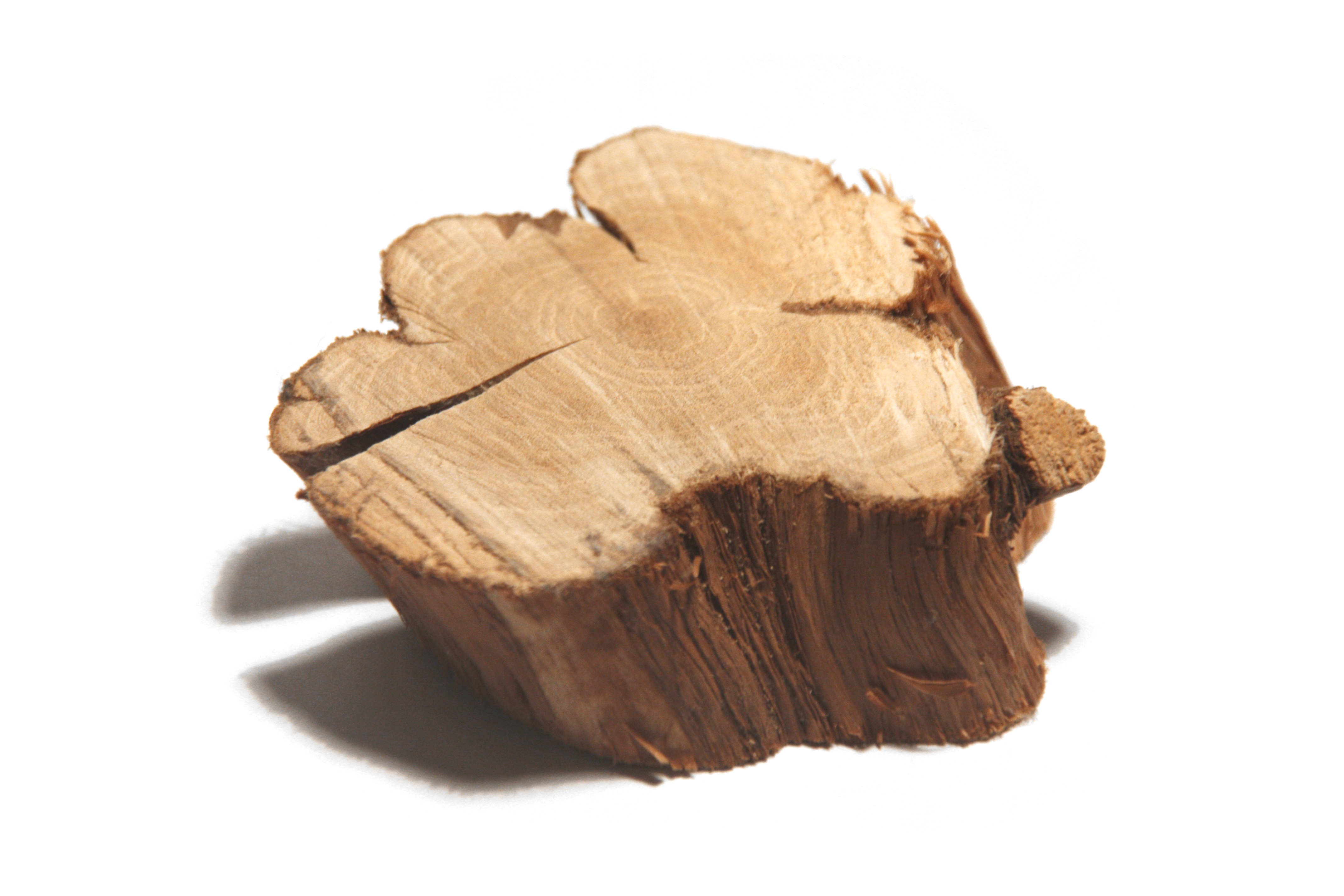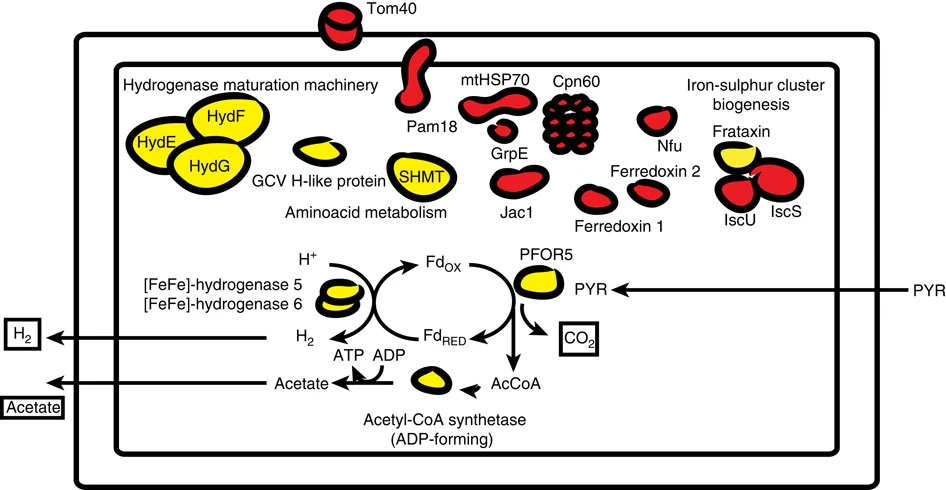|
Parabasalid
The parabasalids are a group of flagellated protists within the supergroup Excavata. Most of these eukaryotic organisms form a symbiosis, symbiotic relationship in animals. These include a variety of forms found in the intestines of termites and cockroaches, many of which have symbiotic bacteria that help them digest cellulose in woody plants. Other species within this supergroup are known parasites, and include human pathogens. Characteristics The flagella are arranged in one or more clusters near the anterior of the cell. Their basal bodies are linked to parabasal fibers that are associated with a prominent Golgi apparatus, Golgi complex, together forming a parabasal apparatus distinctive to the group. Attachment of a parabasal fiber to the first Golgi cisterna by thin filaments has been reported in ''Tritrichomonas foetus''. Usually they also give rise to a sheet of cross-like microtubules that runs down the center of the cell and in some cases projects past the end. This i ... [...More Info...] [...Related Items...] OR: [Wikipedia] [Google] [Baidu] |
Metamonad
The metamonads are a large group of flagellate amitochondriate microscopic eukaryotes. They include the retortamonads, diplomonads, parabasalids, oxymonads, and a range of more poorly studied taxa, most of which are free-living flagellates. All metamonads are anaerobic (many being aerotolerant anaerobes), and most members of the four groups listed above are symbiotes or parasites of animals, as is the case with ''Giardia lamblia'' which causes diarrhea in mammals. Characteristics A number of parabasalids and oxymonads are found in termite guts, and play an important role in breaking down the cellulose found in wood. Some other metamonads are parasites. These flagellates are unusual in lacking aerobic mitochondria. Originally they were considered among the most primitive eukaryotes, diverging from the others before mitochondria appeared. However, they are now known to have lost aerobic mitochondria secondarily, and retain both organelles and nuclear genes derived ultimate ... [...More Info...] [...Related Items...] OR: [Wikipedia] [Google] [Baidu] |
Excavata
Excavata is an obsolete, extensive and diverse paraphyletic group of unicellular Eukaryota. The group was first suggested by Simpson and Patterson in 1999 and the name latinized and assigned a rank by Thomas Cavalier-Smith in 2002. It contains a variety of free-living and symbiotic protists, and includes some important parasites of humans such as ''Giardia'' and '' Trichomonas''. Excavates were formerly considered to be included in the now- obsolete Protista kingdom. They were distinguished from other lineages based on electron-microscopic information about how the cells are arranged (they have a distinctive ultrastructural identity). They are considered to be a basal flagellate lineage. On the basis of phylogenomic analyses, the group was shown to contain three widely separated eukaryote groups, the discobids, metamonads, and malawimonads. A current view of the composition of the excavates is given below, indicating that the group is paraphyletic. Except for some Eugleno ... [...More Info...] [...Related Items...] OR: [Wikipedia] [Google] [Baidu] |
Woody Plant
A woody plant is a plant that produces wood as its structural tissue and thus has a hard stem. In cold climates, woody plants further survive winter or dry season above ground, as opposed to Herbaceous plant, herbaceous plants that die back to the ground until Spring (season), spring. Characteristics Woody plants are usually trees, shrubs, or lianas. These are usually perennial plants whose stems and larger roots are reinforced with wood produced from secondary xylem. The main stem, larger branches, and roots of these plants are usually covered by a layer of Bark (botany), bark. Wood is a structural cell (biology), tissue that allows woody plants to grow from above ground stems year after year, thus making some woody plants the largest and tallest terrestrial plants. Woody plants, like Herbaceous plant, herbaceous perennials, typically have a Dormancy, dormant period of the year when growth does not take place. This occurs in Temperate climate, temperate and Continental clima ... [...More Info...] [...Related Items...] OR: [Wikipedia] [Google] [Baidu] |
Hydrogenosome
A hydrogenosome is a membrane-enclosed organelle found in some Anaerobic organism, anaerobic Ciliate, ciliates, Flagellate, flagellates, Fungus, fungi, and three species of Loricifera, loriciferans. Hydrogenosomes are highly variable organelles that have presumably evolved from protoMitochondrion, mitochondria to produce molecular hydrogen and Adenosine triphosphate, ATP in anaerobic conditions. Hydrogenosomes were discovered in 1973 by D. G. Lindmark and M. Müller. Because hydrogenosomes hold evolutionary lineage significance for organisms living in anaerobic or oxygen-stressed environments, many research institutions have since documented their findings on how the organelle differs in various sources. History Hydrogenosomes were isolated, purified, biochemically characterized and named in the early 1970s by Lindmark and Müller at Rockefeller University. In addition to this seminal study on hydrogenosomes, they also demonstrated for the first time the presence of Pyruvate:fe ... [...More Info...] [...Related Items...] OR: [Wikipedia] [Google] [Baidu] |
Mitochondrion
A mitochondrion () is an organelle found in the cell (biology), cells of most eukaryotes, such as animals, plants and fungi. Mitochondria have a double lipid bilayer, membrane structure and use aerobic respiration to generate adenosine triphosphate (ATP), which is used throughout the cell as a source of chemical energy. They were discovered by Albert von Kölliker in 1857 in the voluntary muscles of insects. The term ''mitochondrion'', meaning a thread-like granule, was coined by Carl Benda in 1898. The mitochondrion is popularly nicknamed the "powerhouse of the cell", a phrase popularized by Philip Siekevitz in a 1957 ''Scientific American'' article of the same name. Some cells in some multicellular organisms lack mitochondria (for example, mature mammalian red blood cells). The multicellular animal ''Henneguya zschokkei, Henneguya salminicola'' is known to have retained mitochondrion-related organelles despite a complete loss of their mitochondrial genome. A large number ... [...More Info...] [...Related Items...] OR: [Wikipedia] [Google] [Baidu] |
Anaerobic Organism
An anaerobic organism or anaerobe is any organism that does not require oxygen, molecular oxygen for growth. It may react negatively or even die if free oxygen is present. In contrast, an aerobic organism (aerobe) is an organism that requires an oxygenated environment. Anaerobes may be unicellular (e.g. protozoans, bacteria) or multicellular. Most fungi are obligate aerobes, requiring oxygen to survive. However, some species, such as the Chytridiomycota that reside in the rumen of cattle, are obligate anaerobes; for these species, anaerobic respiration is used because oxygen will disrupt their metabolism or kill them. The sea floor is possibly one of the largest accumulation of anaerobic organisms on Earth, where microbes are primarily concentrated around Hydrothermal_vent, hydrothermal vents. These microbes produce energy in absence of sunlight or oxygen through a process called chemosynthesis, whereby inorganic compounds such as hydrogen gas, hydrogen sulfide or ferrous ions are ... [...More Info...] [...Related Items...] OR: [Wikipedia] [Google] [Baidu] |
Oxymonad
The Oxymonads (or Oxymonadida) are a group of flagellated protists found exclusively in the intestines of animals, mostly termites and other Xylophagy, wood-eating insects. Along with the similar parabasalid flagellates, they harbor the Symbiosis, symbiotic bacterium, bacteria that are responsible for breaking down cellulose. There is no evidence for presence of Mitochondrion, mitochondria (not even anaerobic mitochondrion-like organelles like hydrogenosomes or mitosomes) in oxymonads and three species have been shown to completely lack any molecular markers of mitochondria. It includes e.g. ''Dinenympha'', ''Pyrsonympha'', ''Oxymonas'', ''Streblomastix'', ''Monocercomonoides'', and ''Blattamonas''. Characteristics Most Oxymonads are around 50 μm in size and have a single cell nucleus, nucleus, associated with four Flagellum, flagella. Their Basal body, basal bodies give rise to several long sheets of microtubules, which form an organelle called an axostyle, but different in st ... [...More Info...] [...Related Items...] OR: [Wikipedia] [Google] [Baidu] |
Axostyle
An axostyle is a sheet of microtubules found in certain protists. It arises from the bases of the flagella, sometimes projecting beyond the end of the cell, and is often flexible or contractile, and so may be involved in movement and provides support for the cell. Axostyles originate in association with a flagellar microtubular root and occur in two groups, the oxymonads and parabasalids; they have different structures and are not homologous. Within trichomonads the axostyle has been theorised to participate in locomotion and cell adhesion, but also karyokinesis Mitosis () is a part of the cell cycle in eukaryotic cells in which replicated chromosomes are separated into two new nuclei. Cell division by mitosis is an equational division which gives rise to genetically identical cells in which the ... during cell division. References {{Protist Cell biology ... [...More Info...] [...Related Items...] OR: [Wikipedia] [Google] [Baidu] |
Microtubule
Microtubules are polymers of tubulin that form part of the cytoskeleton and provide structure and shape to eukaryotic cells. Microtubules can be as long as 50 micrometres, as wide as 23 to 27 nanometer, nm and have an inner diameter between 11 and 15 nm. They are formed by the polymerization of a Protein dimer, dimer of two globular proteins, Tubulin#Eukaryotic, alpha and beta tubulin into #Structure, protofilaments that can then associate laterally to form a hollow tube, the microtubule. The most common form of a microtubule consists of 13 protofilaments in the tubular arrangement. Microtubules play an important role in a number of cellular processes. They are involved in maintaining the structure of the cell and, together with microfilaments and intermediate filaments, they form the cytoskeleton. They also make up the internal structure of cilia and flagella. They provide platforms for intracellular transport and are involved in a variety of cellular processes, in ... [...More Info...] [...Related Items...] OR: [Wikipedia] [Google] [Baidu] |
Tritrichomonas Foetus
''Tritrichomonas foetus'' is a species of single-celled flagellated parasites that is known to be a pathogen of the bovine reproductive tract as well as the intestinal tract of cats. In cattle, the organism is transmitted to the female vagina and uterus from the foreskin of the bull where the parasite is known to reside. It causes infertility, and, at times, has caused spontaneous abortions in the first trimester. In the last ten years, there have been reports of ''Tritrichomonas foetus'' in the feces of young cats that have diarrhea and live in households with multiple cats. ''Tritrichomonas foetus'' looks similarly to ''Giardia'' and is often misdiagnosed for it when viewed under a microscope. Cause ''Tritrichomonas foetus'' is the genus '' Tritrichomonas'' within the order Tritrichomonadida in the clade Parabasalia. The parasite is 5-25 μm in size and is spindle shaped with four flagella, which are whiplike projections, and an undulating or wavy membrane. Three o ... [...More Info...] [...Related Items...] OR: [Wikipedia] [Google] [Baidu] |
Golgi Apparatus
The Golgi apparatus (), also known as the Golgi complex, Golgi body, or simply the Golgi, is an organelle found in most eukaryotic Cell (biology), cells. Part of the endomembrane system in the cytoplasm, it protein targeting, packages proteins into membrane-bound Vesicle (biology and chemistry), vesicles inside the cell before the vesicles are sent to their destination. It resides at the intersection of the secretory, lysosomal, and Endocytosis, endocytic pathways. It is of particular importance in processing proteins for secretion, containing a set of glycosylation enzymes that attach various sugar monomers to proteins as the proteins move through the apparatus. The Golgi apparatus was identified in 1898 by the Italian biologist and pathologist Camillo Golgi. The organelle was later named after him in the 1910s. Discovery Because of its large size and distinctive structure, the Golgi apparatus was one of the first organelles to be discovered and observed in detail. It was d ... [...More Info...] [...Related Items...] OR: [Wikipedia] [Google] [Baidu] |





